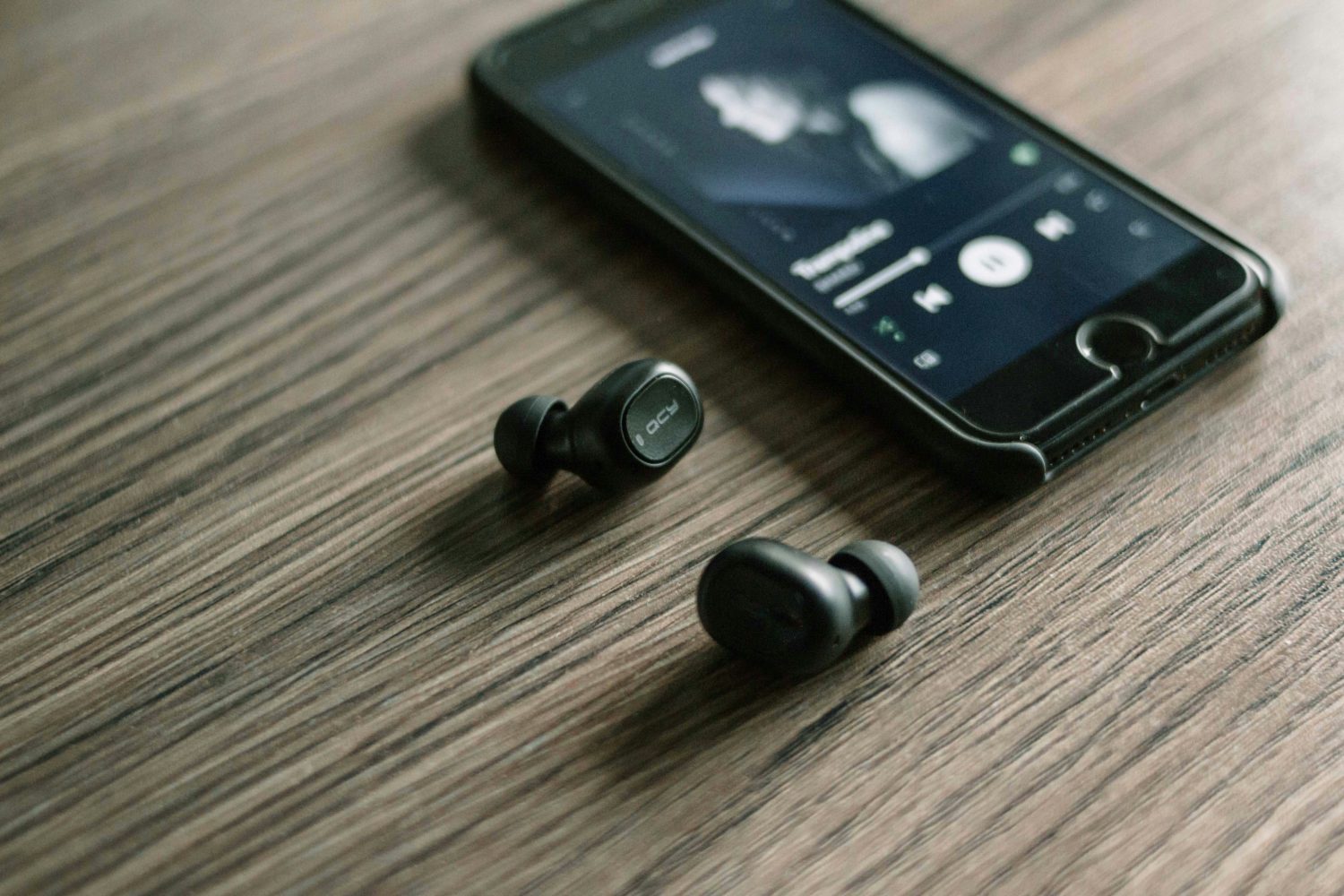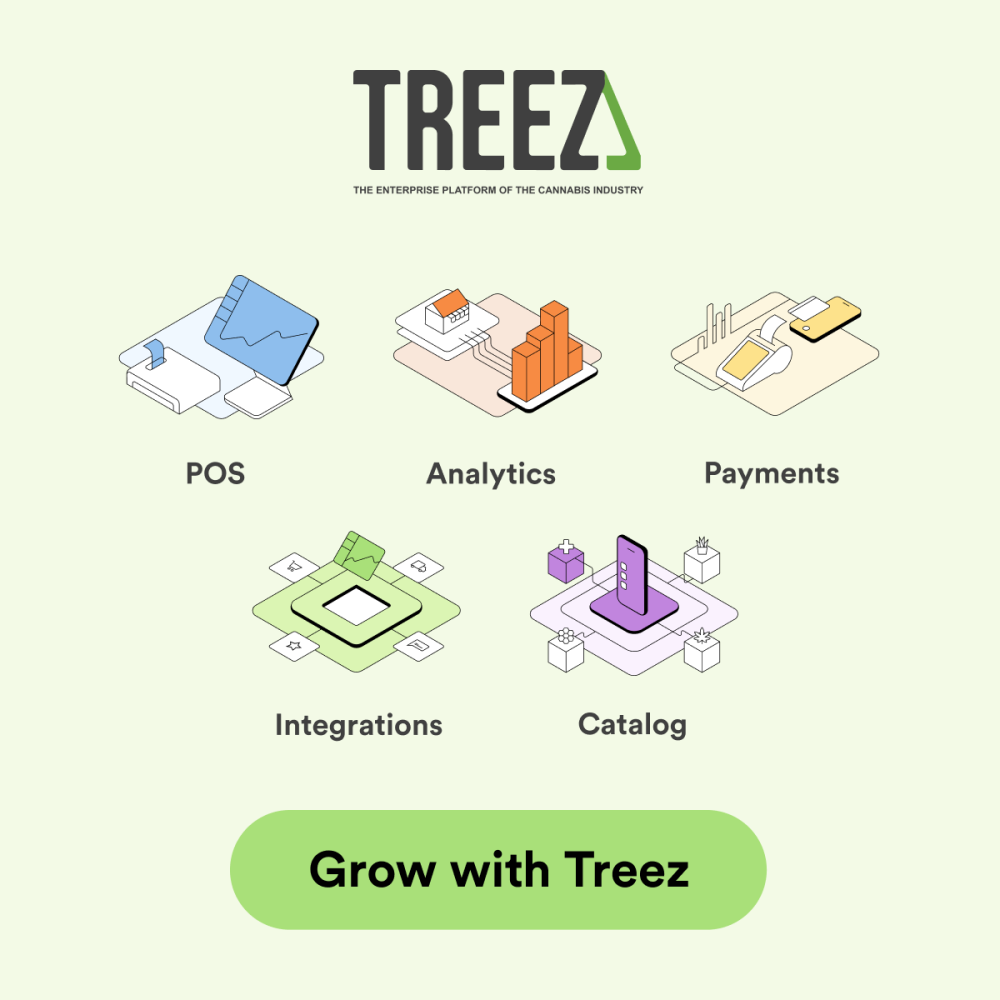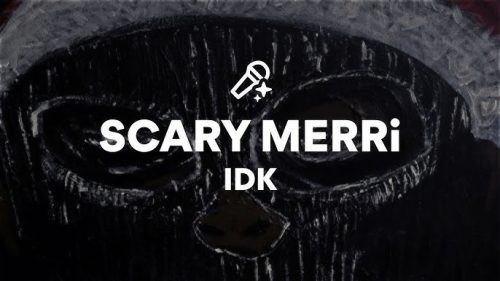Music isn’t just background noise — it’s a core part of what makes us human. It moves energy, triggers emotions, and connects strangers across cultures and generations. From ancient tribal chants to trap beats and house drops, we’ve always used music to communicate what words alone can’t. And in the streaming music era, that connection has scaled to billions of people in real time.
RespectMyRegion.com was literally transformed into a music publication right as the blog and CD era started transitioning into the streaming era.
But what’s really going on in our brains when we catch a vibe? And how did streaming platforms like Spotify, Tidal, and Apple Music take something so primal and turn it into an algorithm-driven ecosystem of discovery, curation, and monetization?
Let’s break it down.
Music Literally Changes Brain Chemistry
When a track hits just right — that goosebump moment, that emotional punch — it’s not random. It’s chemical. Music triggers the release of dopamine, the same feel-good neurotransmitter involved in love, sex, and winning.
The nucleus accumbens, which plays a major role in the brain’s reward circuit, lights up the second your favorite song starts building. The amygdala interprets emotion. The prefrontal cortex handles anticipation and timing. Music doesn’t just affect the brain — it activates it.
That’s why some people cry during orchestral swells, why others rage to mosh pits, and why your heart races when that drop finally lands. It’s not just music. It’s a full-body experience.
Vibes Are Science: How Streaming Music Syncs With Mood
People use music to regulate their emotional state — even without realizing it. It’s called emotional entrainment, and it explains why slow songs can calm anxiety, fast songs can fuel workouts, and sad songs can actually make people feel better when they’re hurting.
That science is why streaming platforms are obsessed with mood-based playlists:
- Feelin’ Myself
- Deep Focus
- Life Sucks
- Chill Hits
- Sad Rap
These aren’t just vibes. They’re behavioral patterns turned into digital curation. Spotify and Apple Music are feeding you songs based on emotional context, not just genre. And the more you engage, the smarter it gets.
Streaming isn’t just matching songs to your taste — it’s matching sound to your state of mind.
Nostalgia Is the New Currency
Music is one of the most powerful tools for accessing memory. A single melody can pull you back to your high school crush, a road trip with the crew, or a moment you thought you forgot. That’s thanks to the hippocampus, the part of the brain that handles long-term memory and is heavily linked to auditory input.
That’s why people lose their minds over Spotify Wrapped or Apple Music Replay. Platforms are cashing in on your nostalgia by showing you what you listened to, when, and how much. It’s not just data — it’s identity.
And when fans share those streaming music stats on socials, it becomes cultural currency. Your music taste is now part of your personal brand.
From Ownership to Access: Streaming Music’s Evolution
Streaming flipped the industry upside down. Owning music used to mean collecting vinyl, CDs, or MP3s. Now, it means having unlimited access but no real ownership. That trade-off changed how we discover and consume music:
Upsides:
- Instant Gratification: No downloads. No delays.
- Endless Discovery: Weekly recommendations, algorithmic radio, and curated playlists keep you locked in.
- Global Distribution: Any artist can upload a song and reach a worldwide audience in hours.
Downsides:
- Tiny Royalties: Most artists earn $0.003 to $0.005 per stream. That’s less than a penny.
- Shorter Attention Spans: The playlist culture devalues full albums.
- No Tangible Connection: Streaming erased the liner notes, lyrics sheets, and physical artwork that used to build deeper connections with fans.
Streaming made music more accessible but also more disposable. It’s fast, frictionless, and sometimes forgettable — unless a track goes viral.
Discovery Became Data-Driven
The era of word-of-mouth discovery got replaced by algorithmic curation. Platforms now serve up songs based on:
- Listening time
- Skips
- Playlist additions
- Time of day
- Mood tags
- Device type
The psychology of music got bundled into machine learning models that “know” your taste better than your best friend. It’s why you’ll randomly hear a new artist you’ve never searched for but feel like they’ve been in your rotation for years.
This tech is powerful — but it also creates echo chambers. If the algorithm doesn’t push your track, it’s hard to cut through unless you’ve got momentum elsewhere (TikTok, sync licensing, or viral content).
Streaming Isn’t Just Music — It’s a Lifestyle Platform
Spotify isn’t just a music app. It’s a social graph, a data mine, and a lifestyle utility. Same with Apple Music and Tidal.
These platforms now represent:
- What you vibe to when you’re sad or lit
- What gets you through work, workouts, or weed sessions
- How you reflect who you are through what you play
Brands know this too.
Headphone companies like Beats, Skullcandy, and Bose partner with playlists.
Streaming data is being used to target ads, sponsorships, and tour routing. If fans in Atlanta stream a track 4x more than fans in Denver, guess where the show’s going?
Streaming has turned music into a behavioral blueprint, giving brands, labels, and artists deeper insight into fan culture than ever before.
The Psychology of Virality
Songs go viral today not just because they’re catchy — but because they hook emotions in under 15 seconds. Platforms like TikTok trained people to engage with songs through micro-moments:
- A lyric that hits
- A relatable theme
- A beat drop that syncs to a visual trend
This moment-first strategy ties into psychological priming. Once a sound hits on TikTok or Instagram Reels, users seek it out on streaming platforms. Suddenly a niche artist has 5 million monthly listeners and brand deals in their DMs.
It’s less about the song’s structure and more about its moment potential.
What It Means for Artists and Creators
If you’re a creative in 2025, you’re not just making songs. You’re building moments, moods, and ecosystems.
To thrive in the streaming world:
- Study the mood-based playlist game
- Optimize for emotion and memory, not just genre
- Diversify with merch, syncs, and brand deals
- Build community outside the algorithm (email, Discord, direct-to-fan platforms)
Streaming is the new radio, but it’s also the new A&R, the new tour promoter, and the new vibe check. Understanding the psychology of music isn’t optional anymore — it’s the competitive edge.
We don’t just love music because it sounds good.
We love it because it reflects who we are, what we’ve been through, and where we’re going.
Streaming music changed the mechanics — but the emotional core of music remains untouched.







